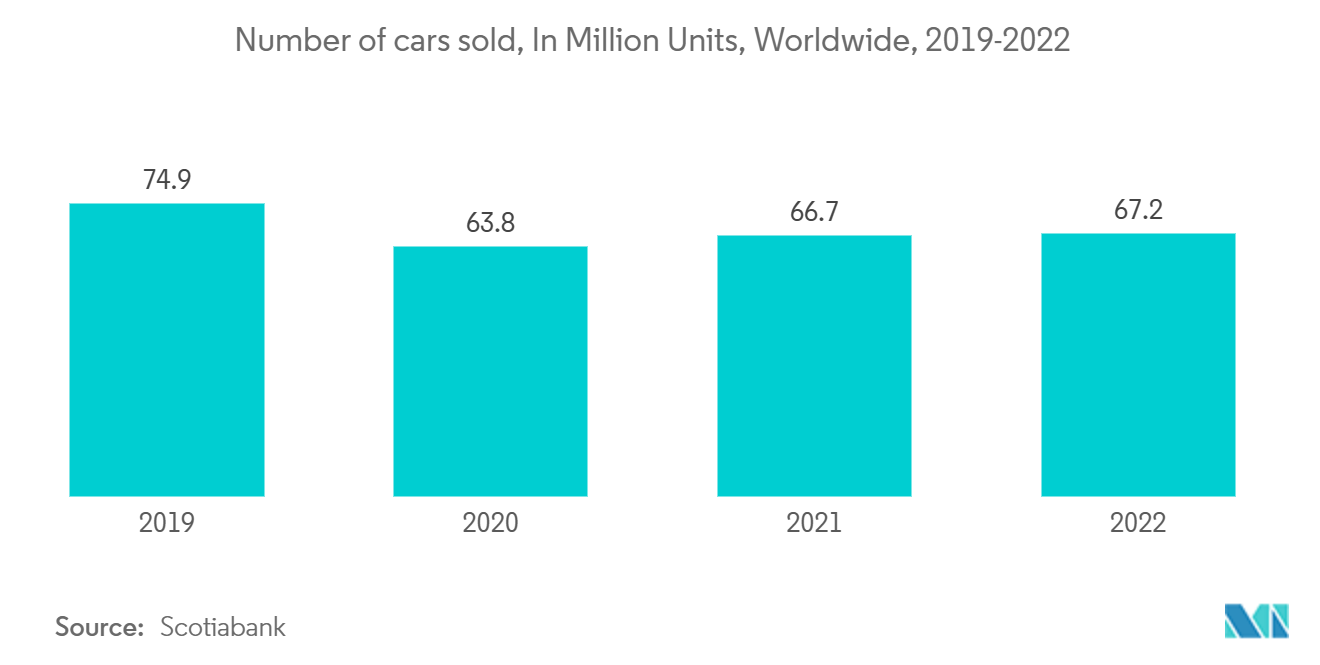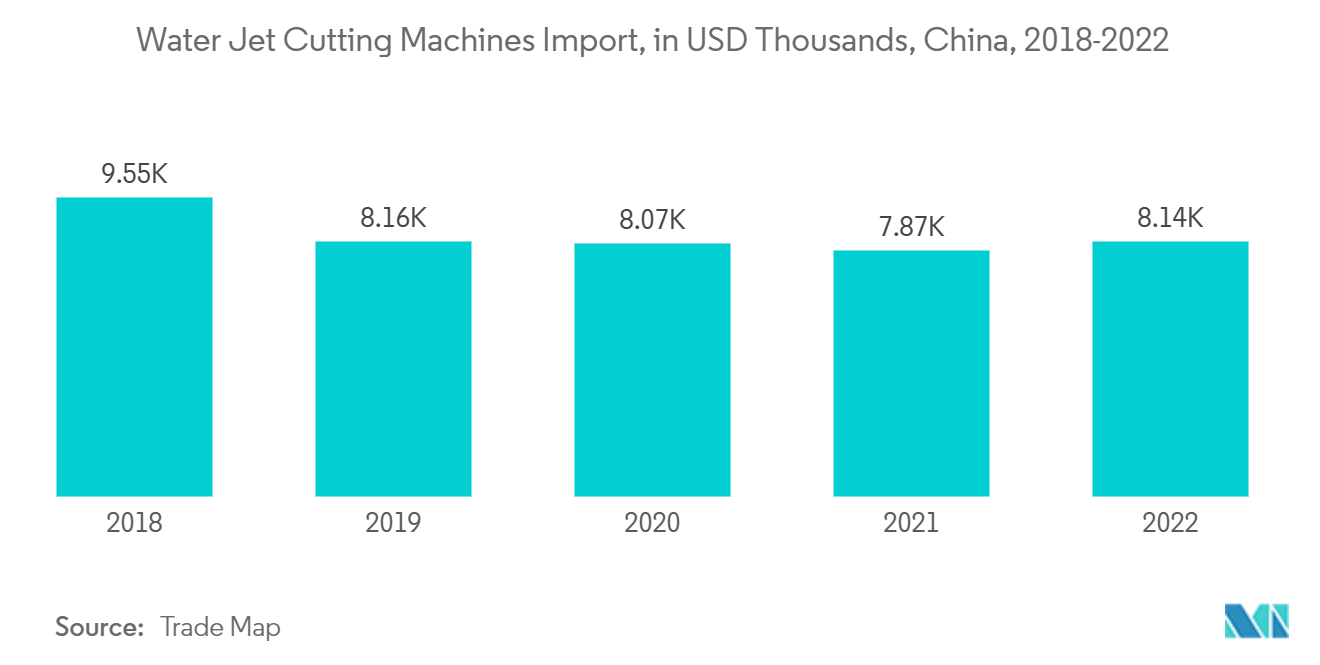Market Trends of Cutting Equipment Industry
Positive Outlook for the Automotive Industry
In the automotive industry, manufacturers are adopting several cutting technologies to get high-quality edges and cuts. As the automotive industry around the world gets better, there are more opportunities for cutting equipment in this industry. Cutting equipment is a big part of the automotive industry and is used in a number of ways to make car parts, frames, and other things.
Laser cutting is used at various stages of automotive manufacturing. The ever-changing landscape of the automotive industry is putting pressure on equipment manufacturers to meet requirements and create special cutting tools.
The COVID-19 pandemic and automotive semiconductor shortages resulted in lower demand and production halts for the worldwide automobile sector since 2020. Around 11.3 million vehicles were removed from production globally in 2021 as a result of the chip shortage, and predictions predict that seven more million vehicles will be removed from production in 2022 as a result of supply chain disruptions in the automotive industry. After experiencing a decline during the pandemic, global auto sales began to rebound, reaching 66.7 million units sold in 2021, according to Statista.
When it comes to production volumes, APAC is expected to grow the most, followed by North America. This is likely to increase the need for cutting equipment and other machines used in the manufacturing process.

Asia-Pacific to Register Highest Growth Rate
Analysis suggests that Asia-Pacific (APAC) will grow faster than other regions over the next few years.The region has the highest number of manufacturing plants, where the adoption of cutting machines is substantial. China is expected to be the major country in the region owing to its vast manufacturing sector. Additionally, automotive is one of China's pillar industries, and it continues to be the largest vehicle market in the world.
In ASEAN, the manufacturing sector has been one of the region's key economic growth drivers. The economies in this region have low operating costs, which attract many businesses from larger manufacturing bases. In recent times, China has seen rising wages and tighter regulations, which have led to an increase in operating costs as it shifts towards higher-value manufacturing.
To replace the role that China once played, companies are looking to the ASEAN region for lower-value production networks, which have also been largely integrated into global manufacturing value chains. As per the analysis, cutting equipment manufacturers should align their distribution channels to focus on the growing markets by serving the emerging manufacturing sectors to increase their sales.


